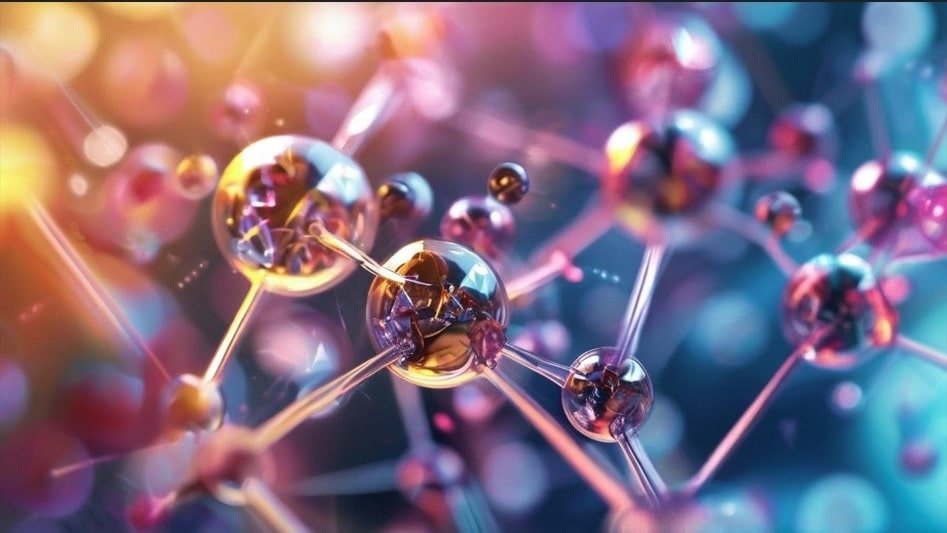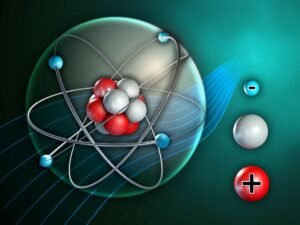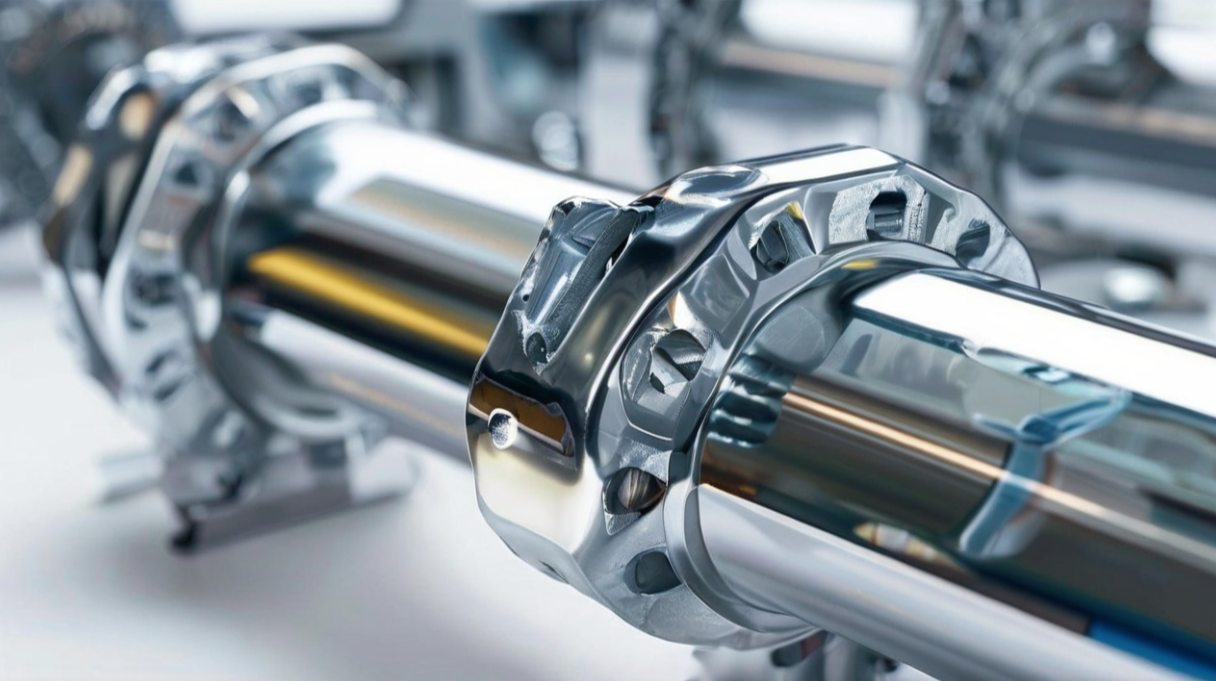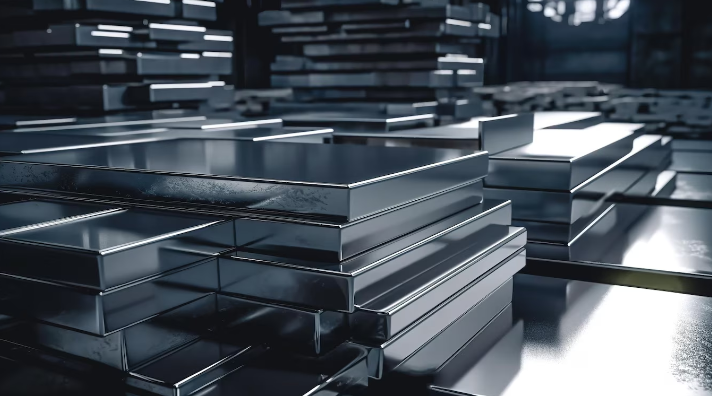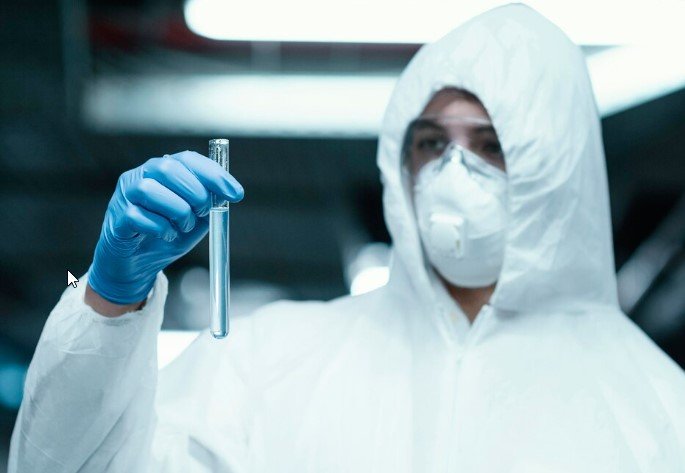Cyanide Ions and Coordination in Electroplating | Advint Incorporated
Cyanide based electrolytes of silver and copper deposits possess excellent throwing power property.
None of the nickel or chromium electroplating electrolytes contain cyanide ions.
The paper discusses the polarization, coordination chemistry, and thermodynamic reasons for these phenomena.
Did you ever think about why nickel does not possess a simple cyanide-based plating electrolyte? Why can’t we electrolyze a nickel cyanide salt [Ni (CN2)] to get a deposit? Won’t a cyanide nickel electrolyte with a good active polarization and throwing power property be of use?
We will deliberate the evidences of asking these questions.
Cyanide based electrolytes such as silver and copper deposits possess excellent throwing power. Copper possesses good leveling characteristics, while nickel without organic molecules has negative throwing power. Bright nickel with class 1 and 2 brighteners can get a uniform deposit on the cathode, but it is not comparable with copper.
Coordination chemistry plays an important role in electrolysis. It is important to distinguish thermodynamic parameters such as stable and unstable, and kinetic parameters such as inert and labile. These terms refer to stability. Nickel and chromium cyanide complexes like [Ni (CN)4]2- and [Cr (CN)6]3- are (extremely) thermodynamically stable. Unlike kinetically inert compounds, thermodynamically stable coordination compounds become very difficult to break a bond or ligand during electrolysis.
Silver and copper cyanide baths possess good throwing power because of the presence of simple cyanides like sodium or potassium cyanide. Cyanide ions during electrolysis effects total polarization. The concentration polarization increases at the cathode interface because electrolysis liberates cyanide ions. The concentration polarization and cathode current efficiency work in tandem and distribute electrodeposition based on primary and secondary current distributions factors. This behavior is a part of tertiary current distribution phenomenon
Ni and Cr are not incomparable with their limitations. Platinum and gold have unique advantages and restrictions. Like Cu and Ag, brass plating containing cyanide ions produce beautiful deposit colour. In aqueous electrolysis Cu, Zn, Ag Cd deposits differ from Ti, Zr, V Nb. These points emphasize distinct properties and limitations of elements, chemicals and media (aqueous or ionic).
Purpose
The short paper does not offer a solution or recommend an alternate method. It explains the fundamental benefits of cyanide ions and distinguishes unique elements of the periodic table like Ni and generates an awareness on their chemical properties.
Understanding the characteristics of an element, position in the periodic table, and their chemical properties are important to research scientists and advanced engineers.
If you are a scientist formulating a bath recipe or a forward-thinking engineer choosing a process to meet deposit characteristics’ fundamental concepts, advantages and limitations are important to understand.
This learning will take full advantage of the prospect or prevent an issue in the long-term.
You may like also
Electronics Manufacturing through Reel to Reel Plating | Advint Incorporated

Posted By:Venkat Raja
Dec 01, 2019
Tags:
